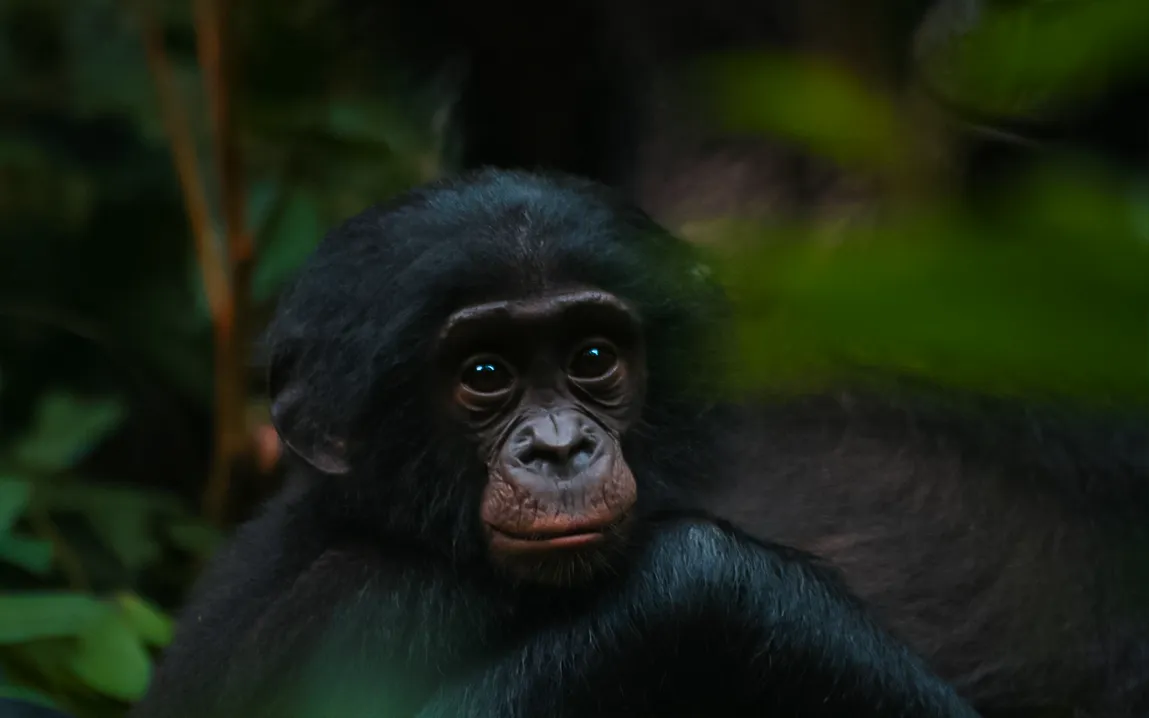In one ground-breaking study, it has been discovered that bonobos have the remarkable ability to discern when a human lacks specific information and then proactively communicate to fill that gap. This discovery certainly challenges the long-held belief that such sophisticated social cognition is unique to humans.
The Experiment Unveiled
The research team conducted a series of experiments with three male bonobos: Nyota, Kanzi, and Teco, all residents of the Ape Initiative, a research and education nonprofit. The setup was simple but telling. A bonobo would sit across a table from a researcher. In full view of the bonobo, a treat-such as a grape or a Cheerio-was hidden under one of three cups. In some tests, the experimenter saw the hiding; in others, a screen blocked her view.
The experimenter, ignorant of where the treat was, asked, “Where’s the grape?” The bonobos immediately pointed to the correct cup, often with considerable enthusiasm. If the experimenter had witnessed the hiding, however, the bonobos generally did nothing, waiting for her to retrieve the treat herself.
Implications of the Findings
This behavior indicates that bonobos are able to judge the knowledge state of their human partners and adjust their communication accordingly. Such an ability would suggest that bonobos are capable of dual perspectives: their own understanding of a situation and the recognition of another’s ignorance. Dual representation is foundational for complex social interactions, including teaching, empathy, and strategic cooperation.
A Shared Evolutionary Trait
These results imply that this cognitive capacity may have a common ancestor that dates back several millions of years between humans and bonobos. The ability to detect and respond to others’ knowledge gaps is central in a broad range of human social behaviors, ranging from successful problem-solving to effective communication.
Broader Context and Future Directions
Such cases observed in the wild have indicated similar capabilities in other great apes, too. Chimpanzees have been noted to call in a way that alerts group members to unseen dangers, such as an approaching snake, indicating consciousness about others’ knowledge of whether something has taken place or not.
The present study provides controlled experimental evidence for these observations. However, the depth of this understanding remains an open question: are bonobos only responding to behavioral cues, or do they possess a more complete theory of mind, whereby they understand and manipulate the mental states of others?
Future research will continue to investigate these questions, looking at what motivates bonobos to behave communicatively and how much they understand other individuals’ perspectives.
Conclusion
This study not only enriches our understanding of bonobo cognition but also narrows the perceived cognitive gap between humans and our closest relatives. It calls for a reevaluation of the uniqueness of human social intelligence and offers insights into the evolutionary origins of our own cognitive abilities.



